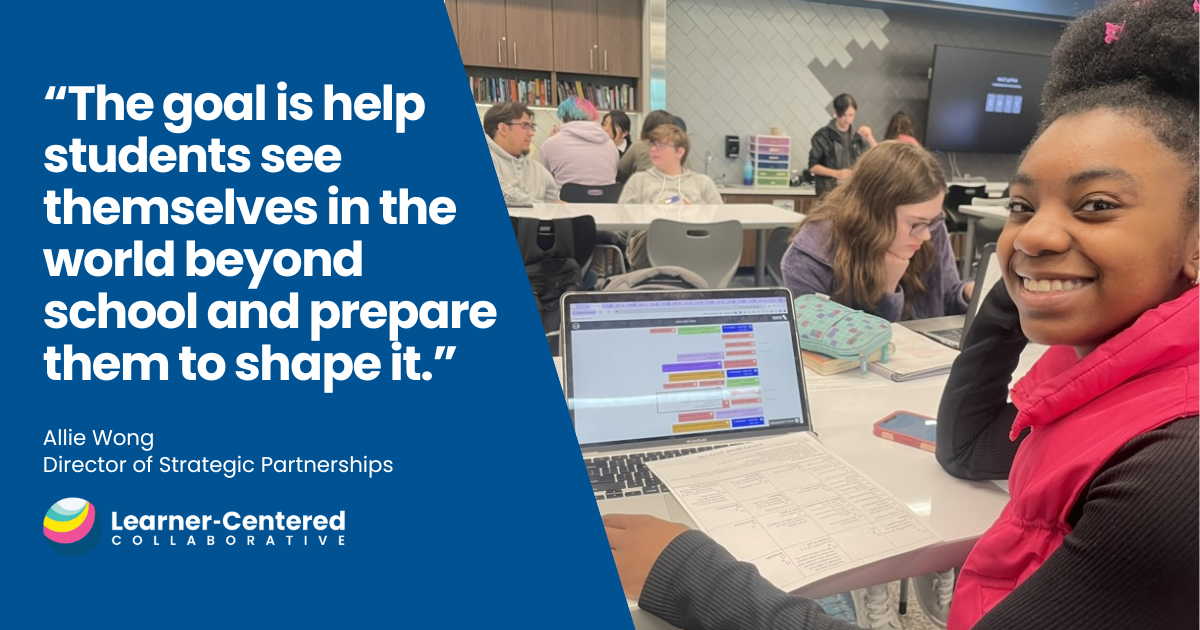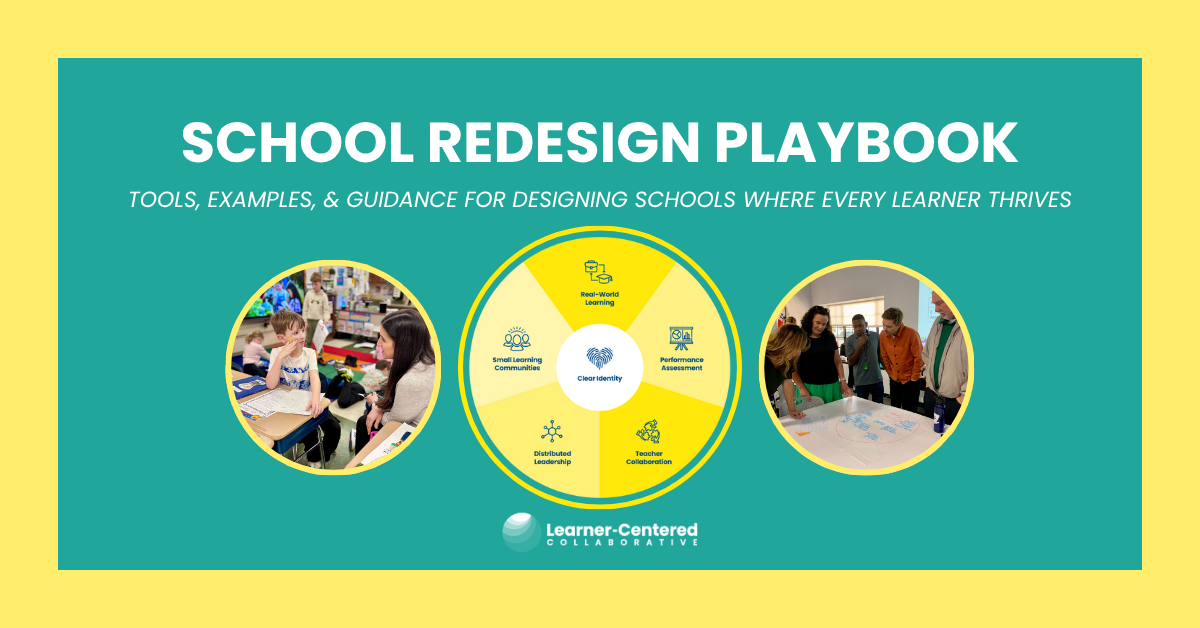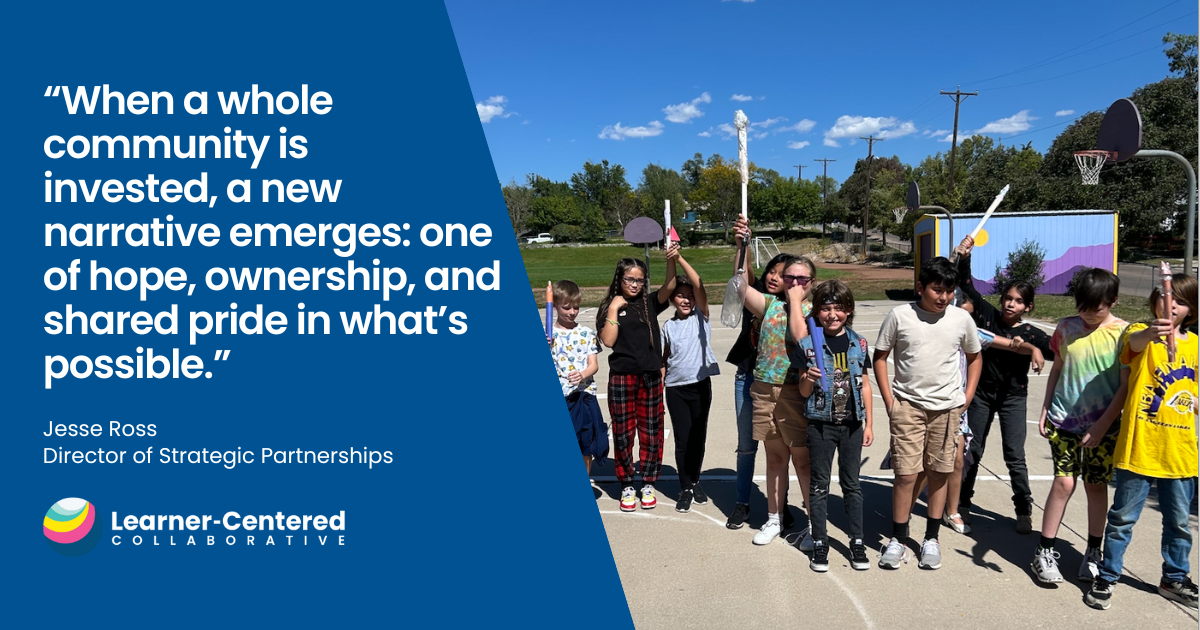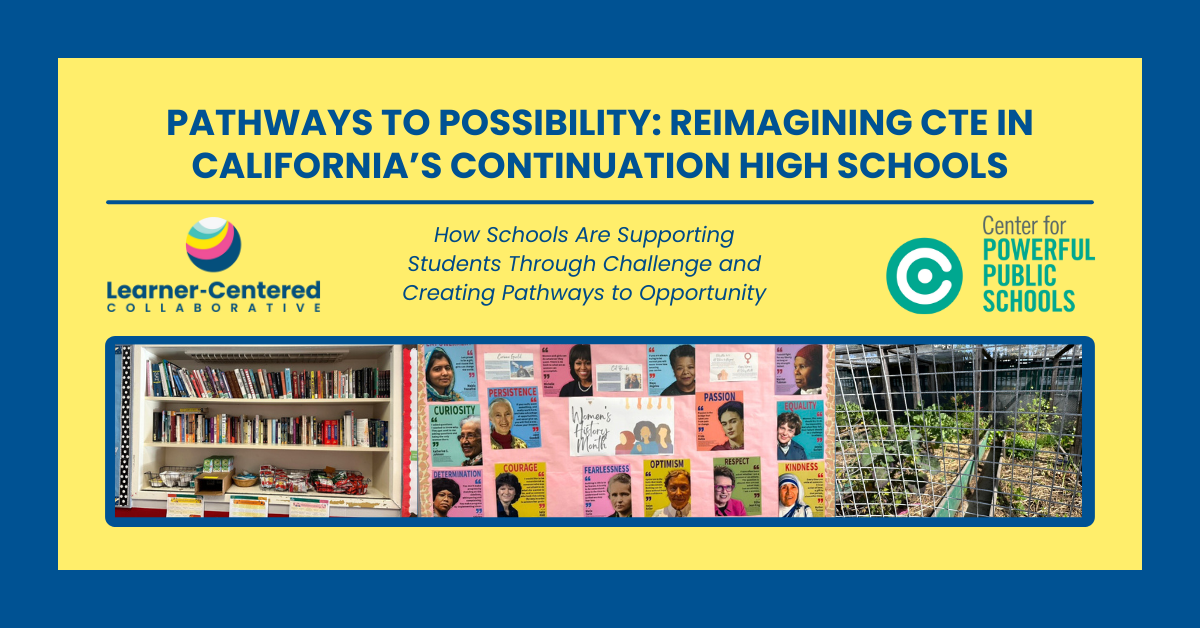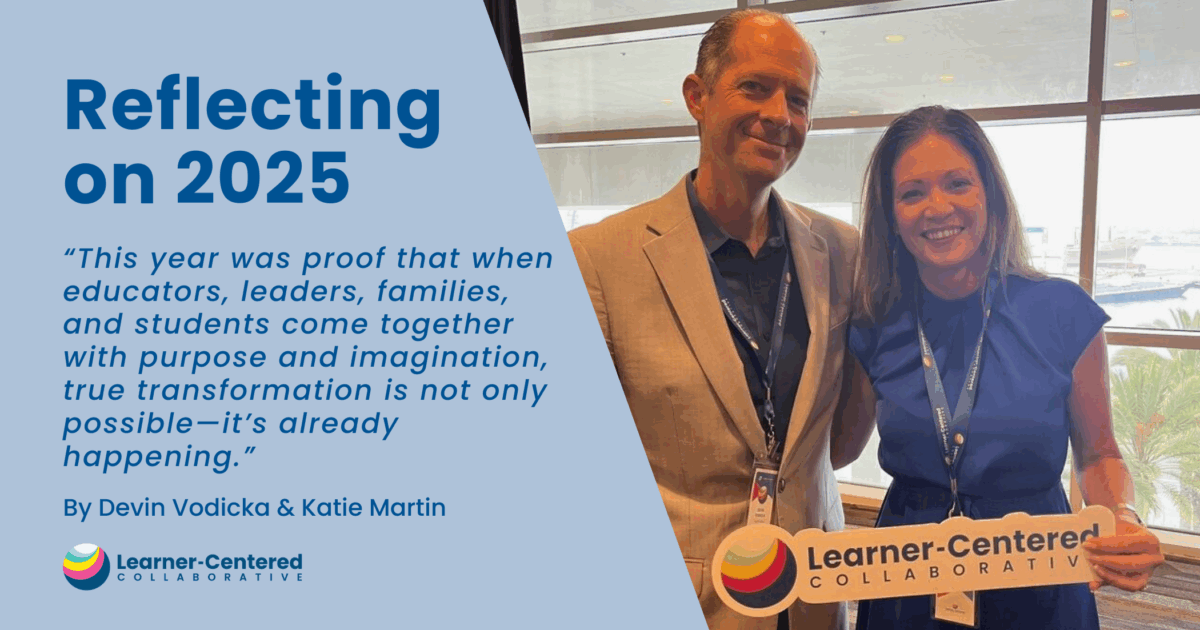Community Asset Map Tool
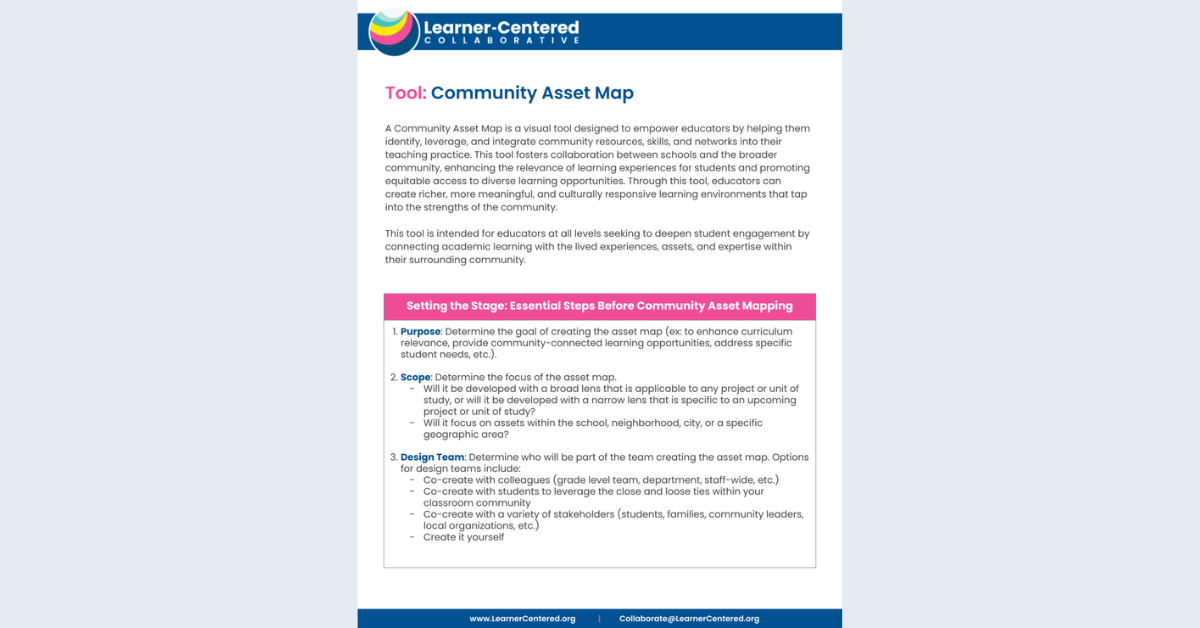
The Community Asset Map is a tool that helps educators identify and leverage local resources, skills, and networks to enhance their teaching practice. By mapping out community assets – from businesses to cultural organizations – educators can create more meaningful learning experiences that connect classroom content with the real-world.
Through a step-by-step process, this tool helps you determine your mapping goals, identify key community connections, and create action plans. Want to explore more? Visit our Learner-Centered Ecosystem page to dive deeper.
Deepen your understanding of community partnerships through our blogs on Community Connections and Prioritizing Community & Relationships.
